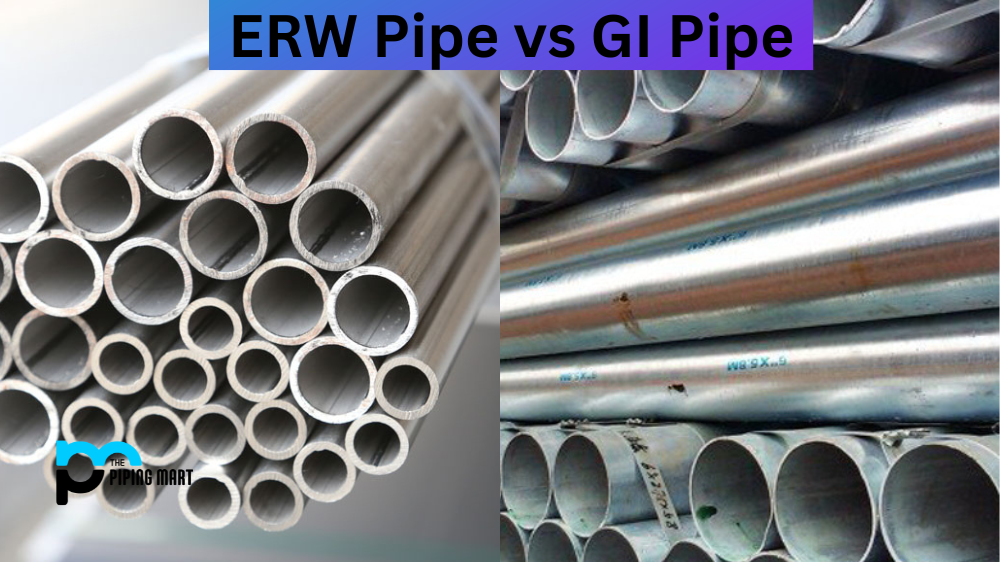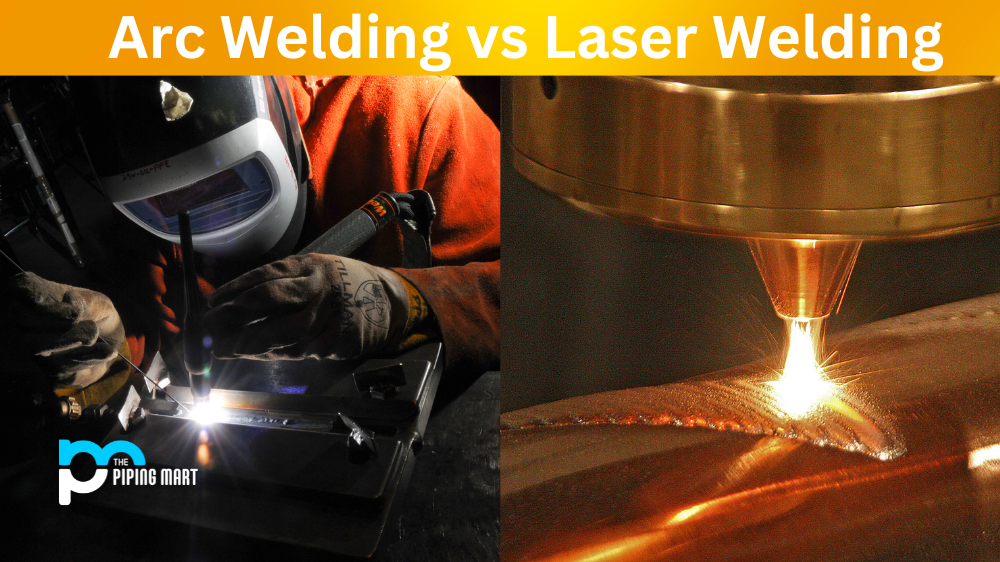Pipes have been a crucial part of the construction industry for centuries. The two commonly used types of pipes are electric resistance welded (ERW) and galvanized iron (GI). However, understanding the difference between these two types of pipes can take much work for first-time buyers. In this blog post, we provide an in-depth analysis of each type of pipe to help you decide which one to choose for your next project.
Electric Resistance Welded (ERW) Pipes
ERW pipes are made by rolling a steel plate into a cylindrical shape and then welding the edges together using the electric resistance method. ERW pipes are known for their uniform thickness and increased durability, making them ideal for high-pressure applications. Furthermore, they come in different sizes, lengths, and thicknesses, making them versatile and flexible, especially for construction projects.
ERW pipes come in two types – the full-body and the half-body type. Full-body types undergo hot-dipping galvanization, which adds an extra layer of protection against rust and corrosion. On the other hand, half-body types aren’t galvanized, making them prone to rust and corrosion.
Galvanized Iron (GI) Pipes
GI pipes are made from a combination of iron and zinc. They are sturdy and corrosion-resistant, ideal for various applications – water supply, gas pipelines, and oil industries. One of the critical advantages of GI pipes is that they are affordable and easy to install, enhancing the speed of work completion.
However, GI pipes have their limitations. For instance, they are unsuitable for high-temperature applications and prone to blockages due to the formation of scales inside the pipes over time. Besides, they are not as strong as ERW pipes and can bend easily under pressure.
Difference Between ERW Pipes and GI Pipes
The type of pipe you choose will largely depend on the kind of project you are working on. For instance, if you require high durability and uniform thickness, ERW pipes are the best option. On the other hand, GI pipes are ideal if you need an affordable and corrosion-resistant option. Although both pipes are typically used for the same applications, ERW pipes are highly recommended for high-pressure applications due to their high-strength properties.
Manufacturing Process
The manufacturing process is the first key difference between an erw pipe and a gi pipe. Erw pipe is made through electric resistance welding, which involves passing an electric current through the material to weld it together. Gi pipe, on the other hand, is made through a process called hot-dip galvanization, which involves coating the material in zinc to protect it from corrosion.
Cost
Another critical difference between the erw pipe and the gi pipe is cost. Erw pipe is typically more expensive than gi pipe due to the more complex manufacturing process. Additionally, gi pipe is often less costly than erw pipe when comparing like-for-like products.
Applications
Erw pipe and gi pipe also have different applications. Erw pipe is often used for carrying oil and gas, while gi pipe is more commonly used for water and sewage applications. Also, gi pipe is sometimes used for structural applications such as scaffolding.
Conclusion
In conclusion, choosing between ERW and GI pipes can be daunting. However, understanding each pipe’s specifications and characteristics enables you to make an informed decision. Whether for a water supply, gas pipeline, or oil industry application, selecting the correct type of pipe is crucial to ensure reliability, quality, durability, and safety. What matters most is choosing the type of pipe that best suits your project’s needs.
Rachana is a dedicated and ambitious young woman who has made a name for herself in the metal industry. From her earliest days in the industry, Rachana showed a natural talent for problem-solving and a keen eye for detail. In her free time, She enjoys reading up on the latest advancements in the industry, as well as exploring new ways to innovate and improve upon existing processes.




